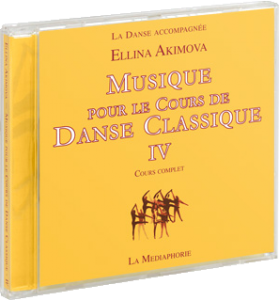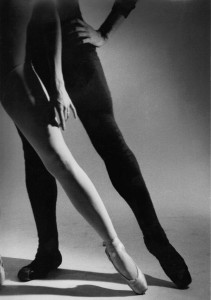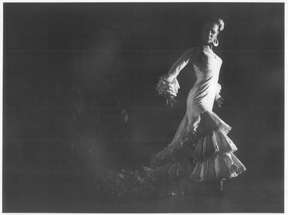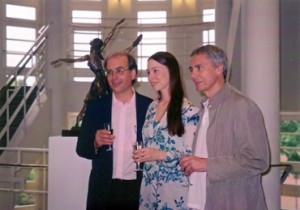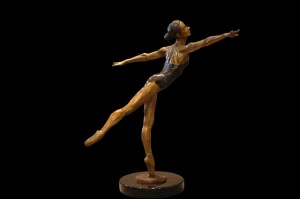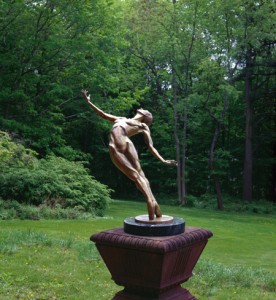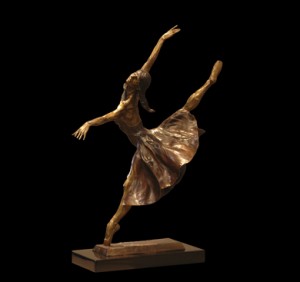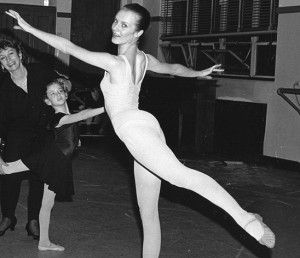 Sometimes it is good to give your students a bit of a challenge in ballet class. Change things up a bit. Students get used to certain patterns, and breaking from the routine will keep them from getting complacent.
Sometimes it is good to give your students a bit of a challenge in ballet class. Change things up a bit. Students get used to certain patterns, and breaking from the routine will keep them from getting complacent.
For example:
+ Start class facing the opposite way from which you usually begin at the barre.
+ Have students face away from the mirror to do their exercises in the center.
+ Teach a combination, then have the students reverse it.
+ Do exercises in both single and double time.
+ Have students come up with their own simple combinations.
Just throwing a new thing into the mix will help keep your dance classes lively. It will also challenge your students to think outside the box and stretch a bit as dancers. Try to do things like this from time-to-time and the result will be a happier class that is more able to respond to change.






